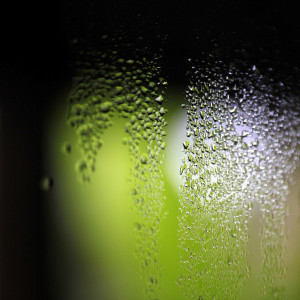When a cool surface comes in contact with warmer, humid air, the difference in temperature is enough to pull some of the water vapor out of the air in the form of condensation. In winter, this is often visible as frosty, fogged windows. In summer, you may recognize it as the beads of water on the side of a cold drink. But condensation on home windows isn't just a bit of visual interest; it can damage your home, your health and even your energy savings.
Protect Your Home's Integrity
Condensation on windows can cause water damage to windowsills and frames by warping the wood. It can also drip into wallpaper and carpets or hardwood floors, where, if it infiltrates the baseboard, it can warp or rot walls and floors. While condensation is generally harmless to the glass itself, a stark enough temperature difference or high enough humidity will cause condensation to gather and drip downwards.
Watch Out for Mold, Mildew, Fungus and Bacteria
Standing water can contribute to the growth of a number of common allergens, especially when it happens on a porous material such as wood or drywall. Condensation on home windows can lead to mold stains or other problems on windowsills, which leads to spores being introduced to your home air supply, especially you have a window open to let in the Louisiana breeze.
Stark Heat Differences Mean Heat Transfer
If your window is cool when the air touching it is warm, that means that the only barrier between your comfortable indoor temperature and the outdoors is a single pane of glass. In summer, that means heat can transfer through the glass. In winter, it suggests heat is escaping. Condensation can be a visual clue that you've got a place in need of insulation.
Learn more about condensation on home windows or Bryans United Air Conditioning's indoor air quality solutions, or contact us at 504-208-2071.
Image via Flickr by jenny downing


